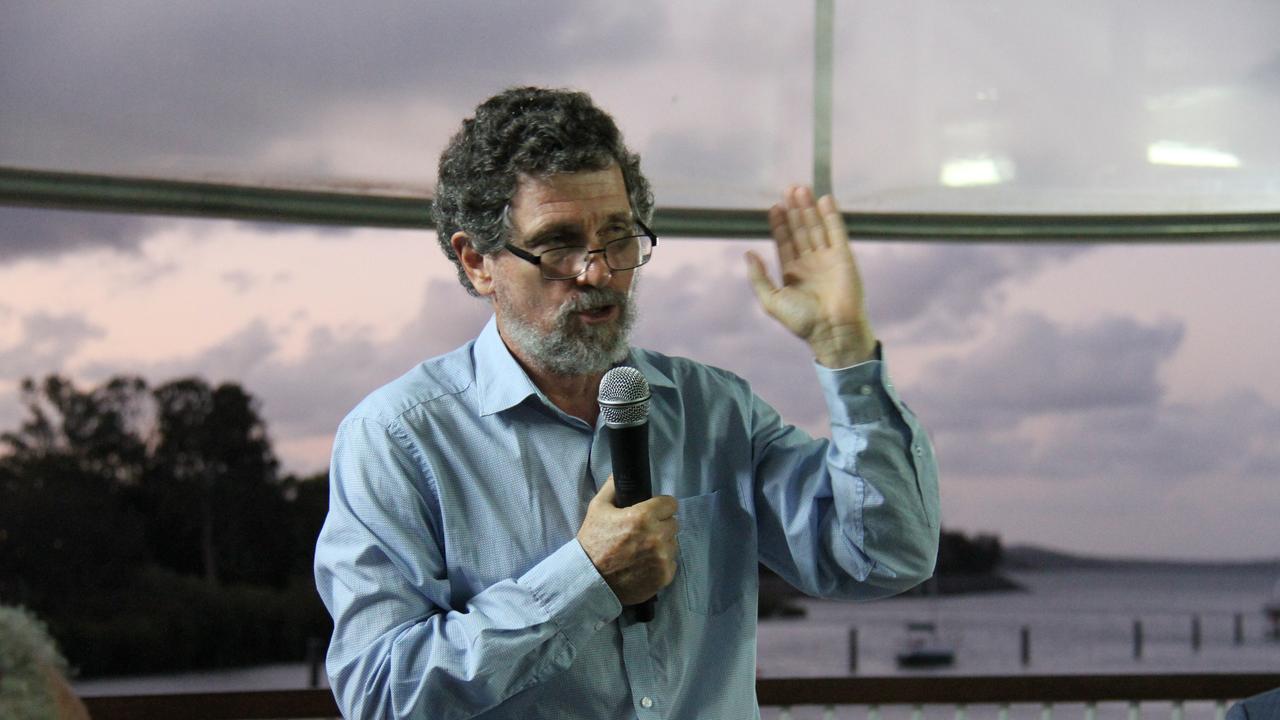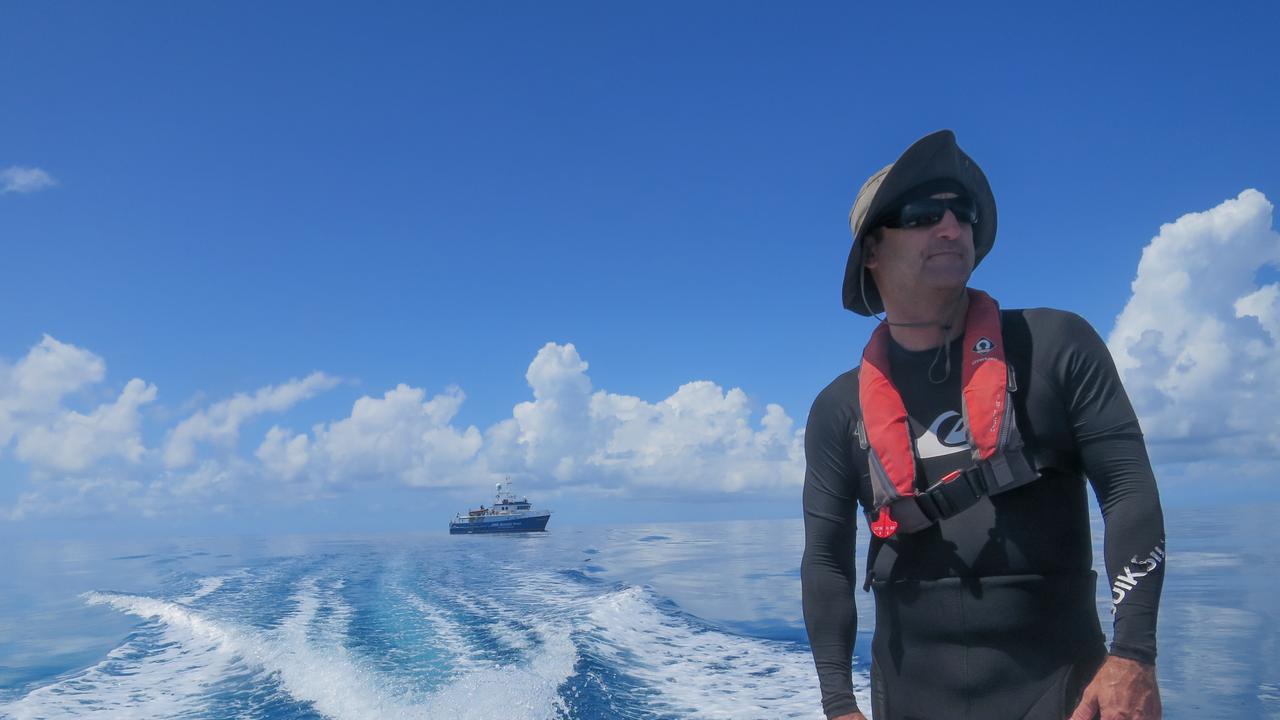The Australian Institute of Marine Science conducted a detailed monitoring program of reefs
The Australian Institute of Marine Science monitored reefs between Shoalwater Bay and Agnes Water.

Coral reefs off the Capricorn Coast have avoided widespread mortality and have bounced back from a 2020 bleaching event.
These are the latest findings of the Australian Institute of Marine Science (AIMS) following detailed studies of six reefs between Shoalwater Bay and Agnes Water.
The recovery of coral reefs from bleaching events was detailed by Marine Physicist Dr Peter Ridd during a presentation in Gladstone last September.

GREAT DEAL: $1 for the best local news, great rewards
"There is no good reason to expect the increase in temperature to cause a problem," Dr Ridd said about coral reefs.
"There is no doubt that periodically large amounts of coral die, the same as on the land with a bushfire, but it grows back, and its always done that, it's the natural cycle of things."
The 2019-2020 mass bleaching event was the third bleaching impact, due to high temperatures, on the Great Barrier Reef, but only the first to impact these southern reefs.
AIMS monitoring program team leader Dr Mike Emslie said the six reefs, spanning offshore between Shoalwater Bay and Agnes Waters, were observed closely by scientists because of their specific disturbance history.
"These reefs were the perfect candidates for our team to observe their recovery - the corals were not severely bleached and did not have extra stress from the coral eating starfish," he said.
"What is often misunderstood is corals do not immediately die from bleaching - bleaching is a stress response, and they can recover if given the opportunity.
"Our preliminary results show these reefs appear to have had little impact from the 2020 mass coral bleaching, with an increase of hard coral cover at most reefs.
"This increase is what we predict in the absence of disturbance.
"The reefs were given the opportunity to recover because 75 per cent of southern reefs were not exposed to sustained temperatures expected to cause mortality and were also free the from the additional stressors of crown-of-thorns starfish."
How to activate free Courier Mail subscription

Research program director Dr Britta Schaffelke said disturbances, such as crown-of-thorns starfish, could be significant in hindering the recovery process of reefs following bleaching events.
"These results are encouraging for the southern region - but we are still in the water conducting surveys all along the Great Barrier Reef to understand the full impact of the 2020 mass bleaching event, and indeed other disturbances, for both coral mortality and recovery," said Dr Emslie.
For more than 30 years, AIMS has conducted monitoring programs spreading across the more than 490 reefs in the Great Barrier Reef Marine Park.
Other stories
Cop allegedly seriously bashed while on duty


